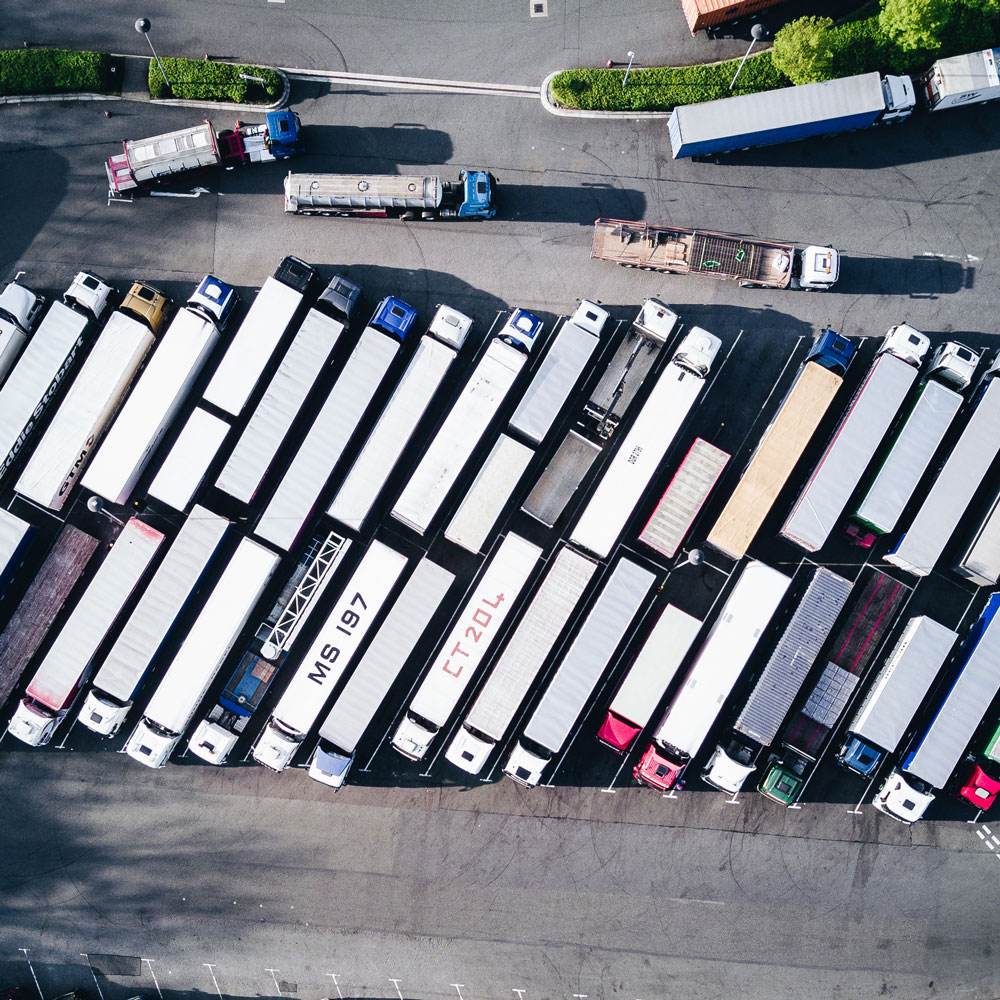Truckers perform an essential function in our economy, accounting for more than 68% of the freight tonnage in the U.S. Almost every business in the U.S. relies in some way on trucking to receive raw product or to transport goods to market. Nearly every item sold in the U.S. touches a truck at some point. The trucking sector employs almost 7 million people, half of whom are truck drivers. The rise of online stores and delivery services will only increase the demand for truckers and the number of trucks on our roadways.

While the majority of professional truck drivers operate their vehicles in a safe, responsible manner, the statistics on highway accidents show alarming trends regarding highway safety. According to the National Highway Traffic Safety Administration, 72% of the 4,317 people who died in crashes involving large trucks in 2016 were not in trucks but in passenger vehicles. An additional 11% were pedestrians, bicyclists, roadway workers or police officers standing beside the highway.
Although trucks make up just 4% of vehicles on the road, they are involved in 11% of fatal crashes. A full 10% of truck fatalities are rear-ended crashes, three times as many as rear-end collisions between two cars.
Even with the addition of more extensive safety equipment in trucks, the number of truck-involved fatalities has risen steadily each year since a low of 3,380 in 2009. Furthermore, the 2009 numbers likely reflect the down economy rather than any increase in trucker safety.
With the documented dangers of being in a rear-end fatality with large trucks, drivers need to take extra precautions when sharing the road. These seven tips come from the Federal Motor Carrier Safety Administration:
- Stay out of blind spots. Many accidents with trucks occur because the trucker did not see a vehicle in adjacent lanes. Large trucks and buses have blind spots around the front, back, and sides of the vehicle. If you can’t see the driver in the truck’s side mirror, assume that the driver cannot see you. Don’t drive in a blind spot—speed up or slow down to stay visible, and be careful when merging near a truck or bus.
- Pass safely. Make sure you can see the driver in the mirror before passing. Signal clearly and accelerate so you can get past the truck or bus safely and promptly. Make sure the truck or bus is visible in your rearview mirror before you pull in front and give it extra space.
- Don’t cut in close. Cutting in front of a bus or truck is especially dangerous because of the longer stopping time needed for large vehicles.
- Stay back. Tailgating is always dangerous, but particularly so with a truck or bus where the driver may not be able to see you behind them and you may not be able to see what is happening ahead of the truck due to its large size.
- Anticipate wide turns. Trucks and buses require extra turning room; never try to squeeze by or get between the vehicle and the curb.
- Be patient. As mentioned above, it’s important to wait patiently for a truck to make turns, as they need extra turning room.
- Don’t drive fatigued, or under the influence of alcohol or drugs.
Given the dependency of our economy on trucking, we all need to learn to share the road. Remember, if you are in an accident with a truck or a bus and you are not sure about your rights, you should call a qualified attorney.




